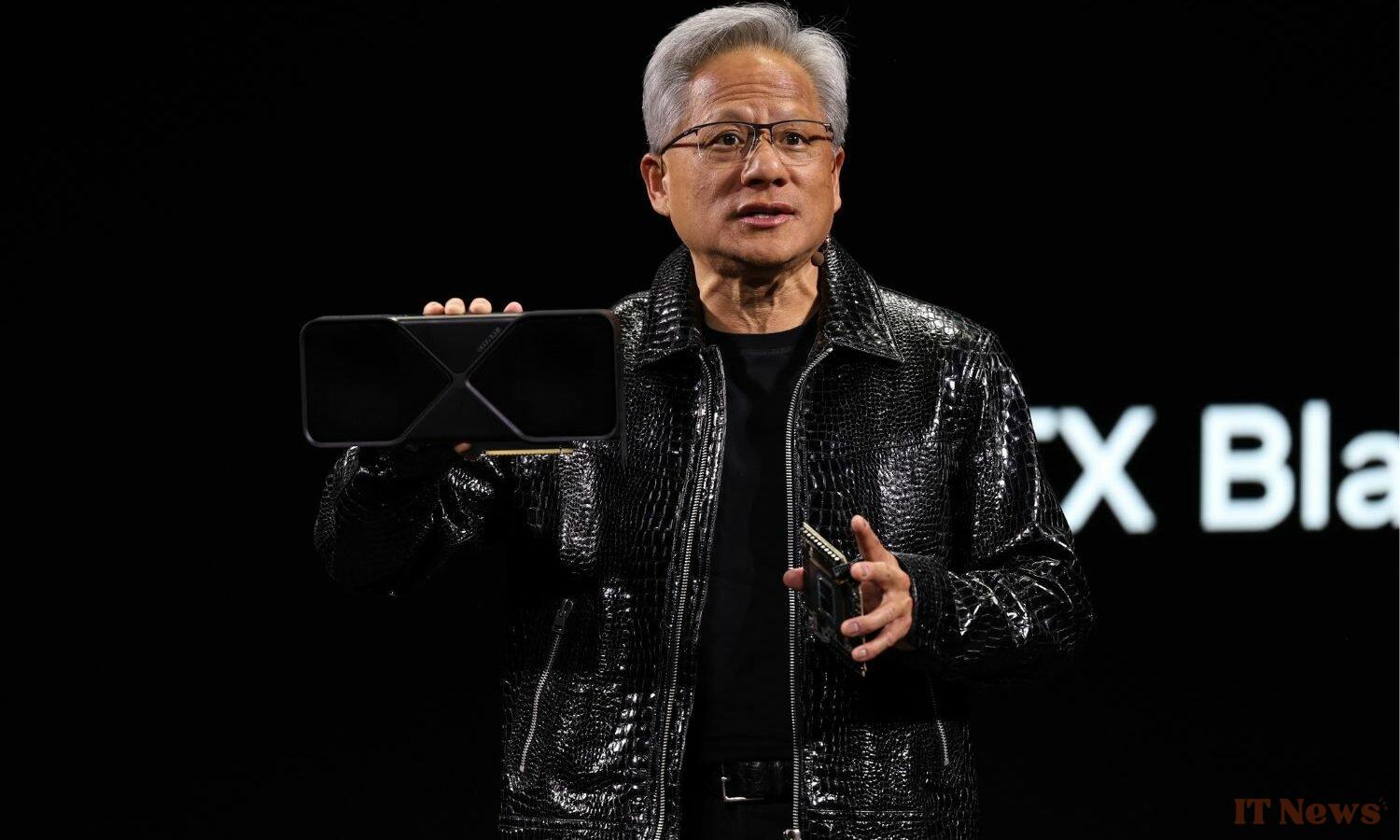For several months now, rumors have been circulating about the imminent arrival of a brand new APU built by Nvidia to power a new generation of gaming laptops. Many observers expected it to be unveiled at Computex. This ultimately didn't happen... but it may only be postponed, if we are to believe a report from United Daily News, relayed by PCGamer.
For those unfamiliar with the term, an APU (for Accelerated Processing Unit) is a hybrid component that combines both a CPU and a GPU on the same chip. The main advantage of this approach is that it can achieve performance gains by reducing the physical distance between the various key components of the system. In theory, this can significantly reduce the latency associated with data transfer between the CPU, the GPU and their shared memory. Limiting the number of independent components also helps reduce the thermal envelope, which is particularly interesting in the case of laptops.
Several brands have already opted for this approach, especially in the utility segment; These include Apple, whose remarkable M series chips are built on this model. Nvidia, for its part, seems to want to apply this philosophy to the gaming ecosystem to significantly improve the performance of gaming laptops.
An ARM CPU and a Blackwell GPU
Very few concrete details have leaked until now. But Taiwanese media outlet United Daily News (UDN) finally seems to have some information about this upcoming product.
To begin with, the article claims that this APU will be built around a "custom-built Arm CPU." This would be a development that could greatly accelerate the integration of Arm into the gaming ecosystem. If so, it will be interesting to see if Nvidia has decided to design its own cores compatible with this architecture or if it plans to build its APU around elements already available on the market.
As for the graphics part, UDN claims that the chip will have an integrated GPU based on the Blackwell architecture, expected in the next generation of RTX 5000 series cards. Apparently, this GPU would offer performance equivalent to that of a 120W notebook equipped with an RTX 4070, but with a TDP of just 65W. If these figures hold true, it would be a real technical feat, knowing that the thermal envelope remains the main constraint facing gaming laptops today.
What about compatibility?
The thorny question remains: compatibility. As a reminder, the vast majority of programs we use every day were developed for the x86 architecture of Windows. To run them on an Arm machine, you therefore need to use an emulation layer. However, despite substantial progress in this area (especially since the release of Snapdragon X chips from Qualcomm), Arm gaming continues to suffer from potentially crippling compatibility issues.
Great news awaits PC gamers running Snapdragon X
Has Nvidia found a way to overcome this technical obstacle, for example with a new generation of more mature drivers? To find out, we'll probably have to wait for the official announcement and the release of the first machines equipped with this APU. But it's a pretty exciting prospect, because if the green giant succeeds, Arm could finally begin to express its immense potential in the gaming field. See you in a few months for the first answers.



0 Comments